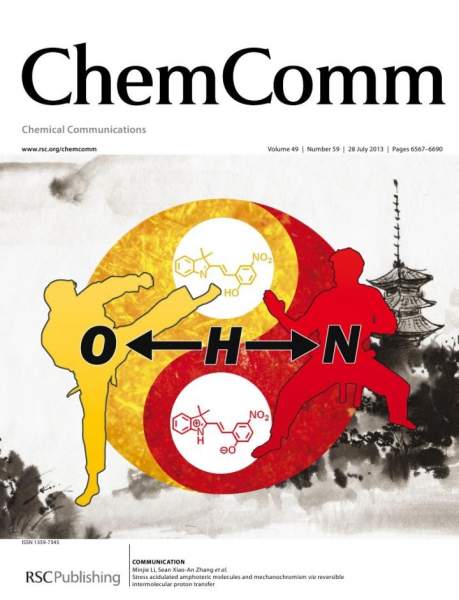Transition metal oxides such as ReOx, MoOx and WOx show good activity in the hydrodeoxidation reaction of lignin and its model compounds, which can effectively crack the C-O bond and retain the aromatic ring structure completely in the process of hydrohydrolysis reaction. Among them, it was found that partial reduction of molybdenum oxide would occur during the reaction process and more acid sites would be generated and oxygen vacancies would promote the hydrolyzing reaction. At present, MoO3 catalyst is mainly modified by doping metals with excellent hydrogenation activity, such as Ni, Pt and Co, to improve its catalytic activity through metal-oxide synergism. However, this method often changes the selectivity of the catalyst, which easily leads to complete deoxidation of the product into aromatics or cycloalkane compounds. In order to selectively break c-O bonds in lignin structure to prepare monophenol compounds, the design and synthesis of molybdenum oxide catalyst with more acidity and oxygen vacancy is the key to improve the intrinsic hydrodeoxidation activity.
The results show that Mo6+ in MoO3 structure and Sn4+ in SnO2 structure have similar ionic size and octahedral symmetry structure. Mo-sn bimetallic solid solution oxides can be synthesized through reasonable design, so as to realize the construction of oligomeric MoO3 and strengthen the bimetallic synergy.
As a result, the tianjin university environment YuanJi na professor team by strong aqua precipitation synthesized SnMoOx solid solution oxide, represented by guaiacol hydrogenation deoxidization reaction model of lignin aromatic ethers compounds to test its catalytic activity, and through a series of characterization techniques to its chemical structure and physical properties, catalytic properties and reaction mechanism has carried on the detailed research.
 The research results of Rational Design of Oligomeric MoO3 in SnO2 lattices for Selective behavior have been published in the international Journal of Catalysis (IF:7.92). The first author of this paper is Diao Xinyong, PhD student of the College of Environmental Sciences, and the corresponding author is Professor Ji Na.
The research results of Rational Design of Oligomeric MoO3 in SnO2 lattices for Selective behavior have been published in the international Journal of Catalysis (IF:7.92). The first author of this paper is Diao Xinyong, PhD student of the College of Environmental Sciences, and the corresponding author is Professor Ji Na.
Prof. Ji na's team has long been committed to the catalytic conversion of biomass to biofuels and chemicals. In recent years, she has published more than 70 SCI research papers in international high-level academic journals, including 10 cover papers, with an H-index of 28. Included: Angew. Chem. Int. Ed., ACS Catalysis, Applied Catalysis B: Environmental, ChemSusChem, Green Chemistry, Journal of Catalysis, Journal of Energy Chemistry, Renewable & Sustainable Energy Reviews, ACS Sustainable Chemistry & Engineering, etc., with a total citation rate of more than 2000 times.
(Editors: Hao Linge, Wang Yunchong)





